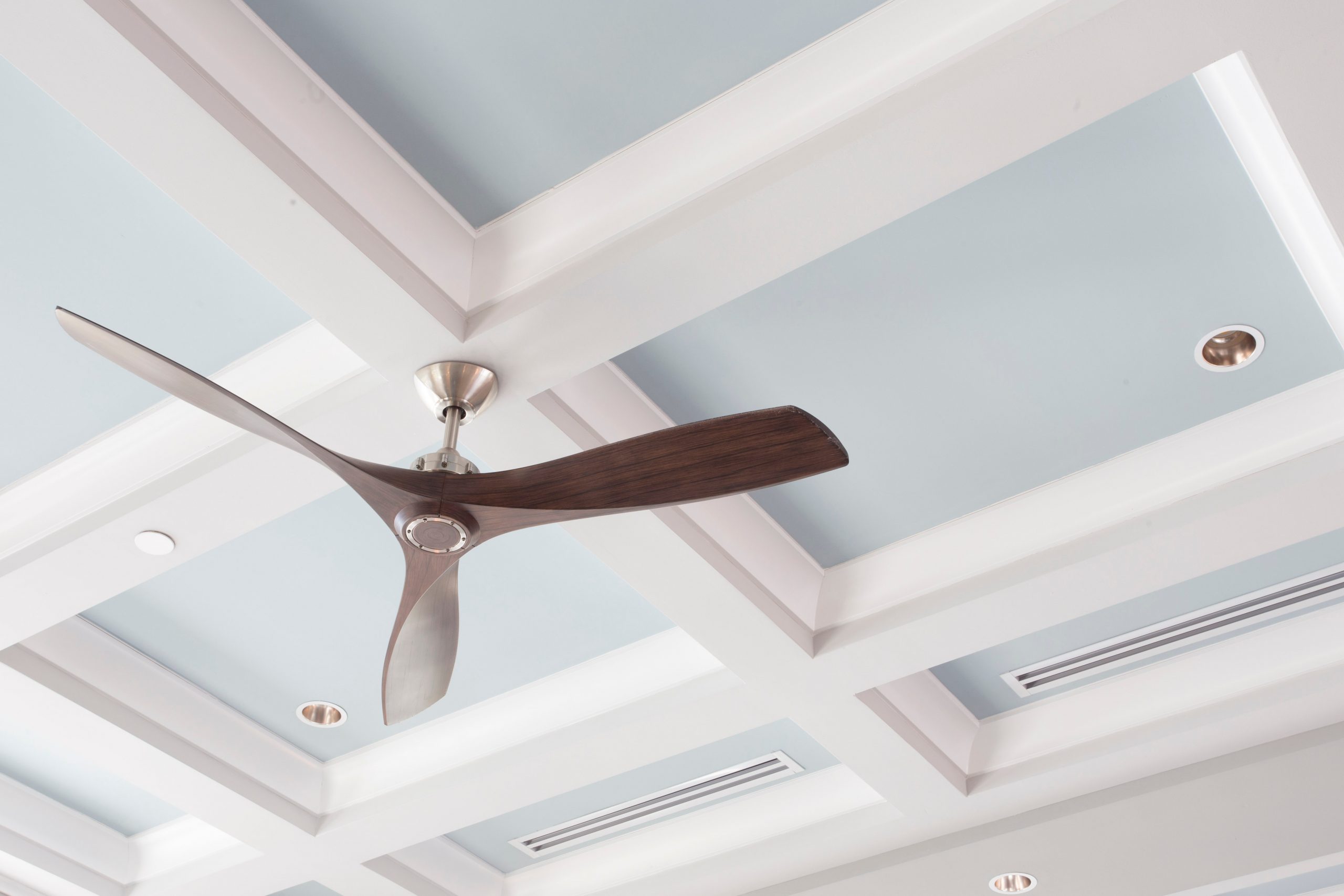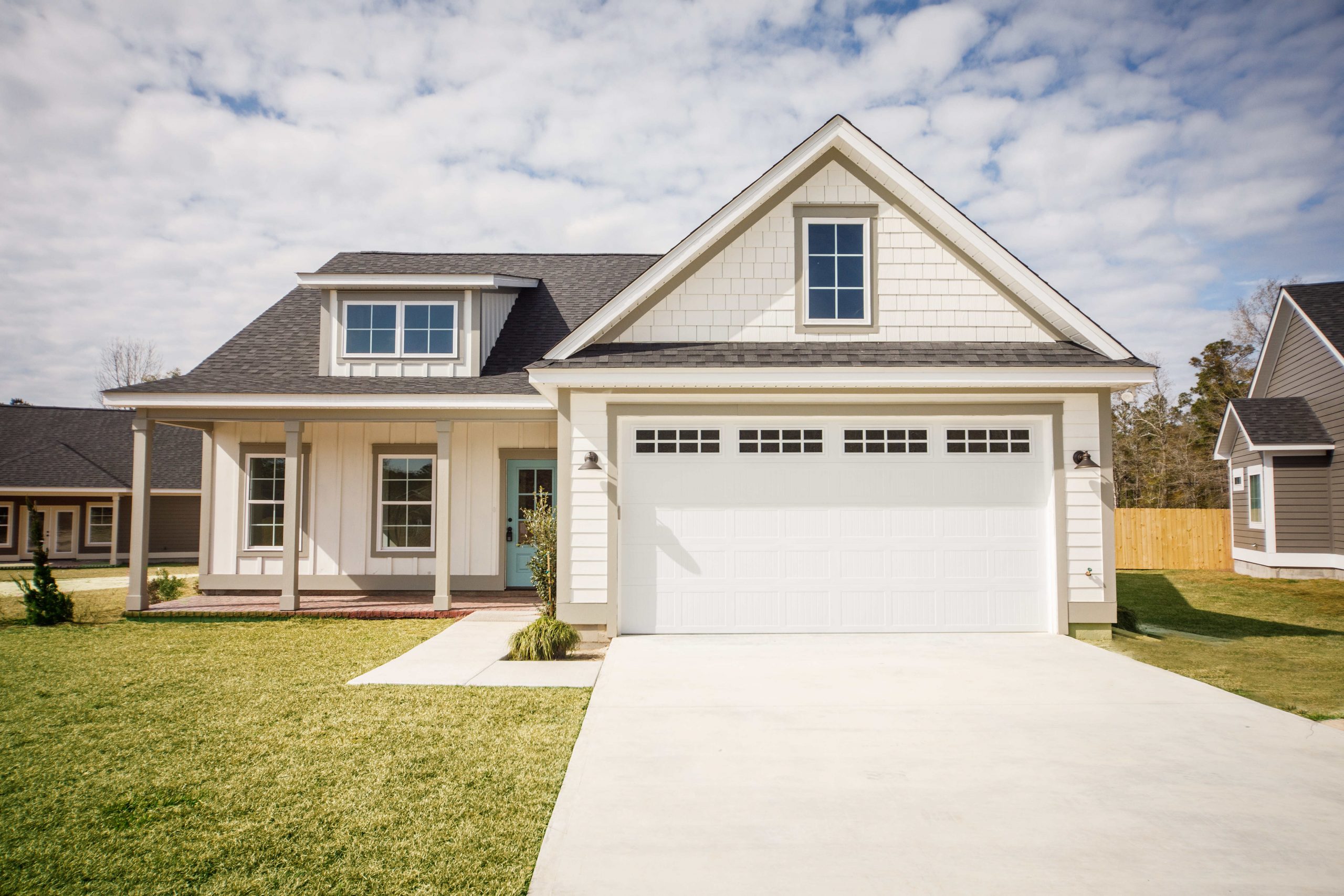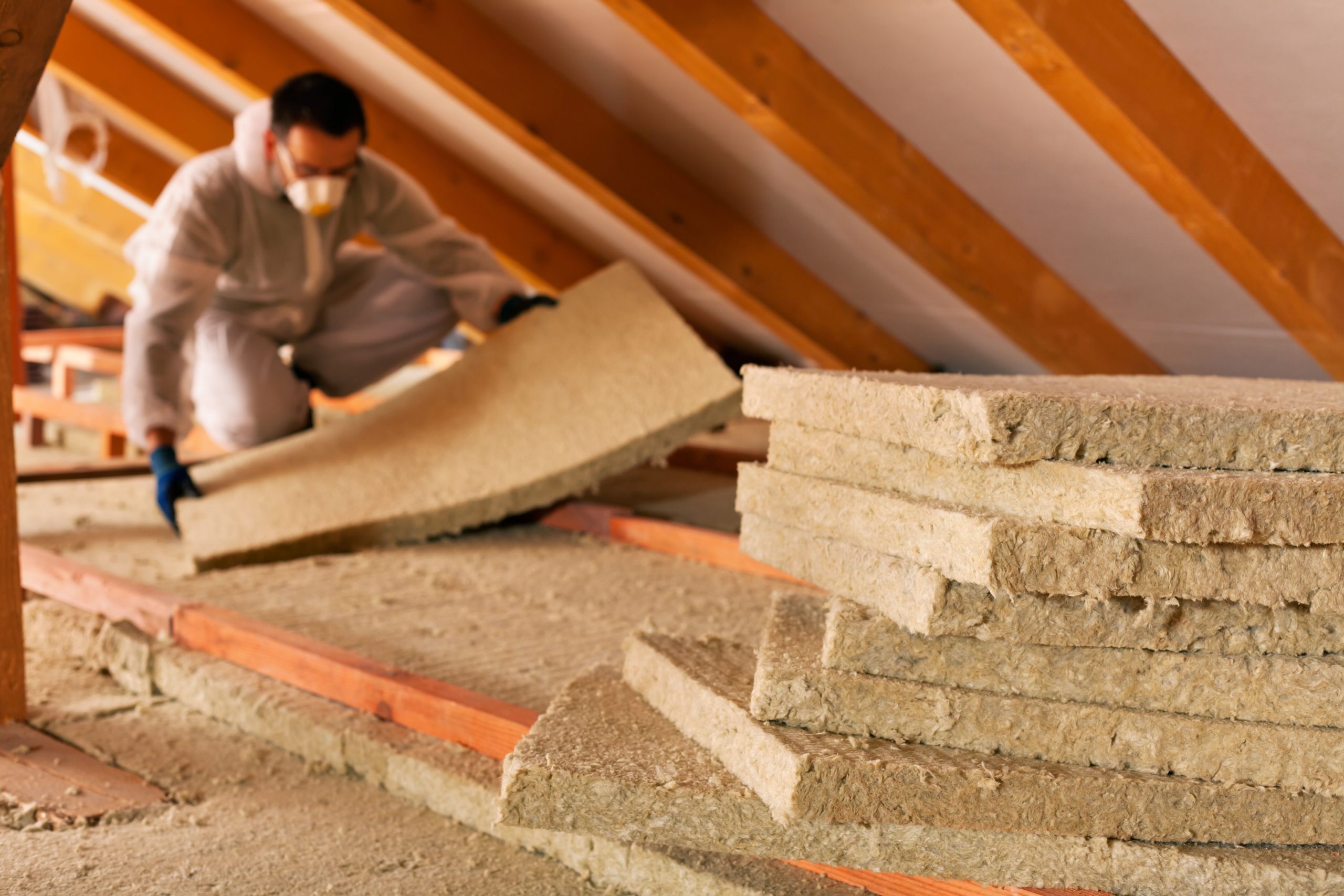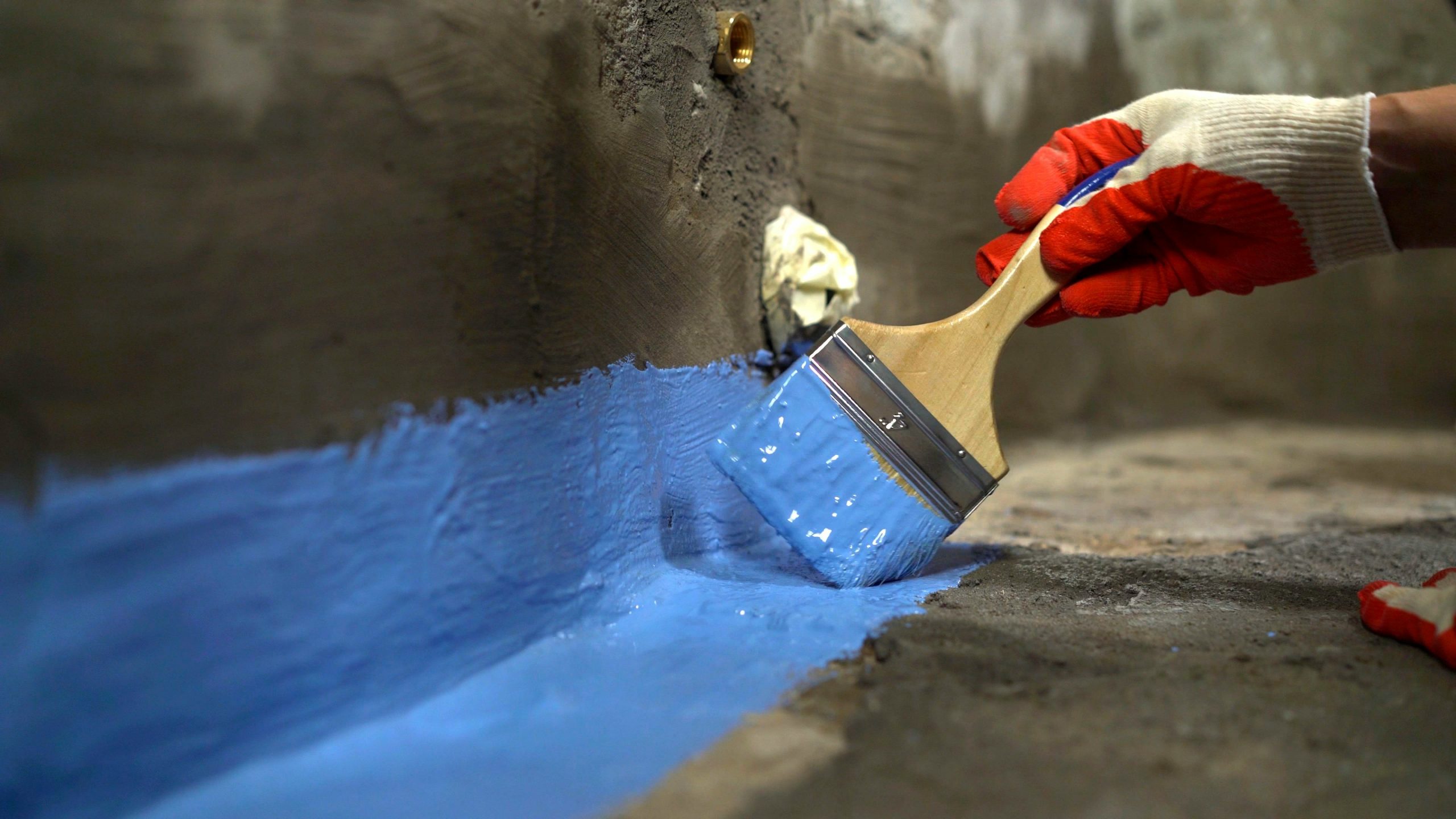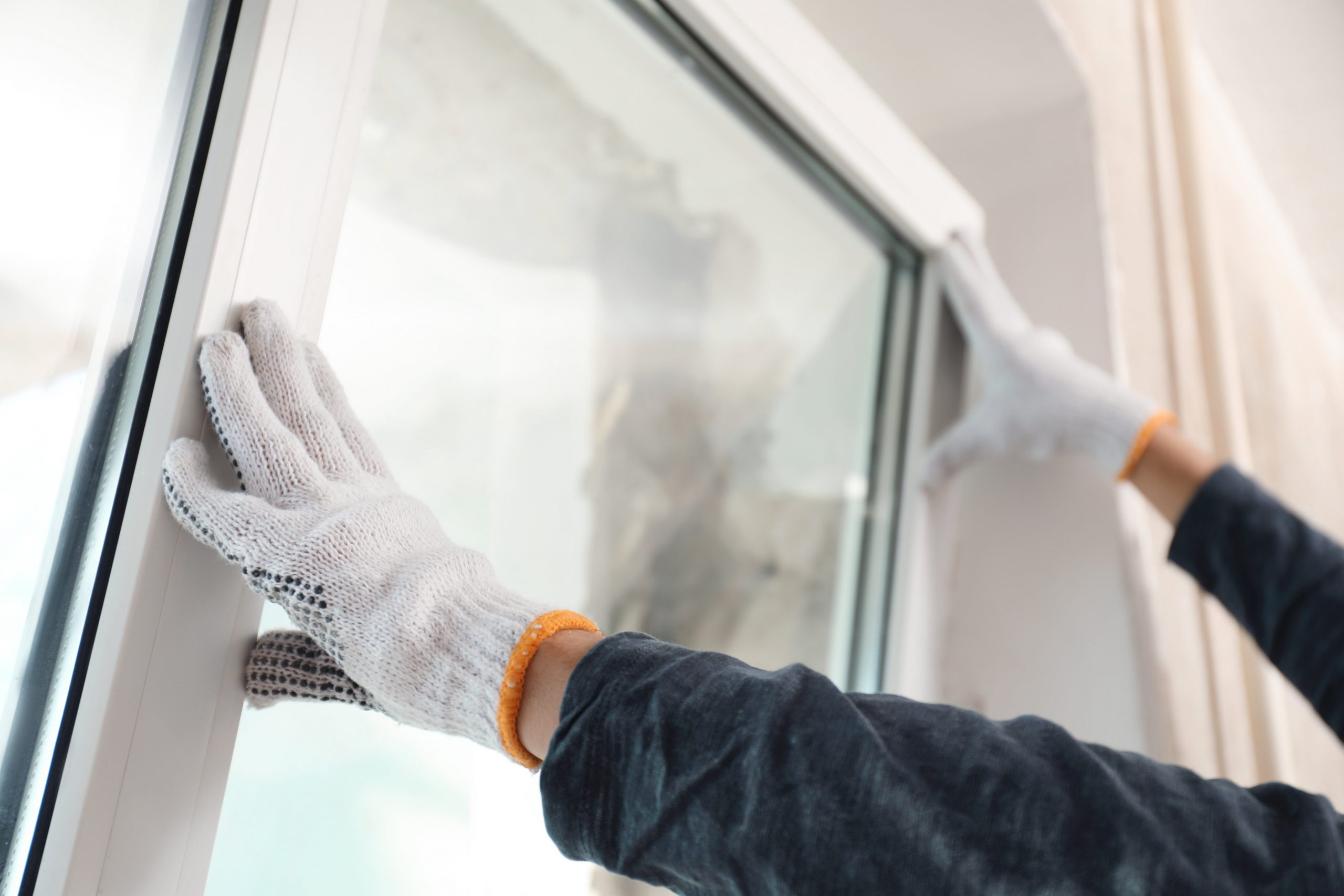Lighting plays a pivotal role in setting the ambiance of our homes, highlighting our favorite decor, and even affecting our mood. But did you know that the right lighting solutions can also shine a light on savings? Let’s uncover the bright ways to light up your home without dimming your budget.
Why Upgrade Your Lighting?
Elevate Your Mood
Proper lighting can make spaces feel cozy, vibrant, or serene. A well-lit room can also boost your energy and productivity levels. Whether you want to create a relaxing atmosphere in the living room or a stimulating environment in the home office, lighting is key.
Enhance Aesthetics
Show off your home’s best features! From accent to task lighting, the right glow can make all the difference. Lighting can highlight architectural details, art pieces, and even your favorite furniture.
Energy Savings
Modern lighting options are more energy-efficient, ensuring you’re not burning money away. Energy-efficient lighting not only reduces your carbon footprint but also lowers your electricity bills.
Illuminate and Save: Tips for the Budget-Conscious Homeowner
LED is the Way
LED bulbs consume far less energy than traditional incandescent bulbs and last longer. Though they might cost a bit more upfront, they’ll save you money in the long run. LEDs are available in various colors and brightness levels, making them suitable for any room.
Dim the Lights
Installing dimmer switches allows you to adjust the brightness according to your needs, conserving energy in the process. Dimmers can extend the life of your bulbs and create versatile lighting scenarios for different activities.
Utilize Natural Light
Harnessing the power of the sun during the daytime reduces the need for artificial light. Consider rearranging furniture or using lighter curtains to maximize sunlight. Mirrors can also help reflect natural light, brightening up your space.
Recycle and Repurpose
Before buying new fixtures, think about how you might repurpose or refresh what you already have. A new lampshade or a coat of paint can make old lighting fixtures look brand new. Vintage or thrift store finds can be transformed with a bit of creativity.
Choosing the Right Light for Each Room
Know Your Tones
Lights come in various tones, from warm to cool. Determine the purpose of each room and select the appropriate light tone. For instance, cool lighting is excellent for workspaces, while warmer tones create a relaxing ambiance.
- Warm Light: Ideal for living rooms, bedrooms, and dining areas. Creates a cozy and inviting atmosphere.
- Cool Light: Best for kitchens, bathrooms, and workspaces. Enhances visibility and focus.
Focus on Key Areas
Prioritize task lighting in areas like the kitchen or reading nooks, ensuring adequate brightness where you need it most. Task lighting should be focused and bright enough to reduce eye strain.
Size Matters
Ensure the size of your lighting fixtures complements the size of the room. Overhead lights shouldn’t overwhelm small spaces, and table lamps should be proportionate to your furniture. The right size fixtures ensure balanced lighting and aesthetics.
Creative Lighting Solutions
Layer Your Lighting
Combine different types of lighting—ambient, task, and accent—to create a layered effect. This not only enhances functionality but also adds depth and dimension to your rooms.
Smart Lighting
Invest in smart bulbs and systems that can be controlled via smartphone apps or voice assistants. They offer convenience, energy savings, and customizable lighting options to suit any mood or activity.
Outdoor Lighting
Don’t forget the exterior! Solar-powered lights for pathways, porches, and gardens can enhance your home’s curb appeal and provide security without increasing energy costs.
Shedding light on the perfect ambiance and design doesn’t have to cost you an arm and a leg. By understanding your needs, making informed choices, and using a dash of creativity, you can achieve a beautifully lit home on a budget. Trust Casability to guide you through every bright idea and lighting decision. Let’s shine together!

